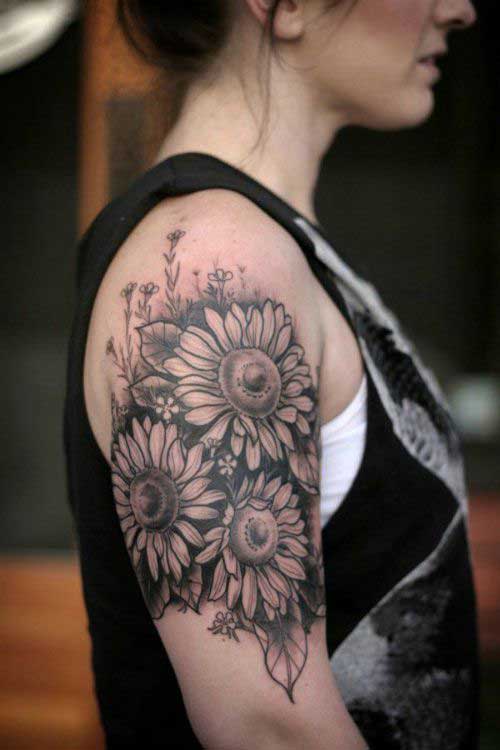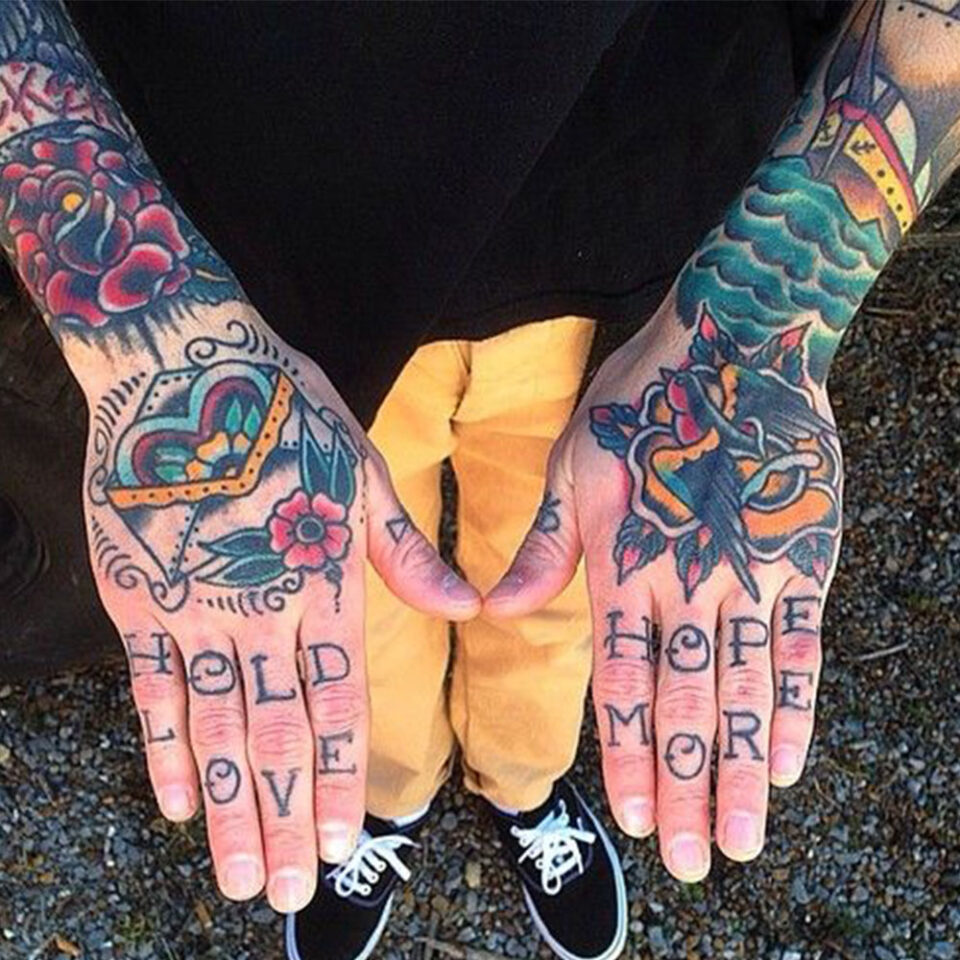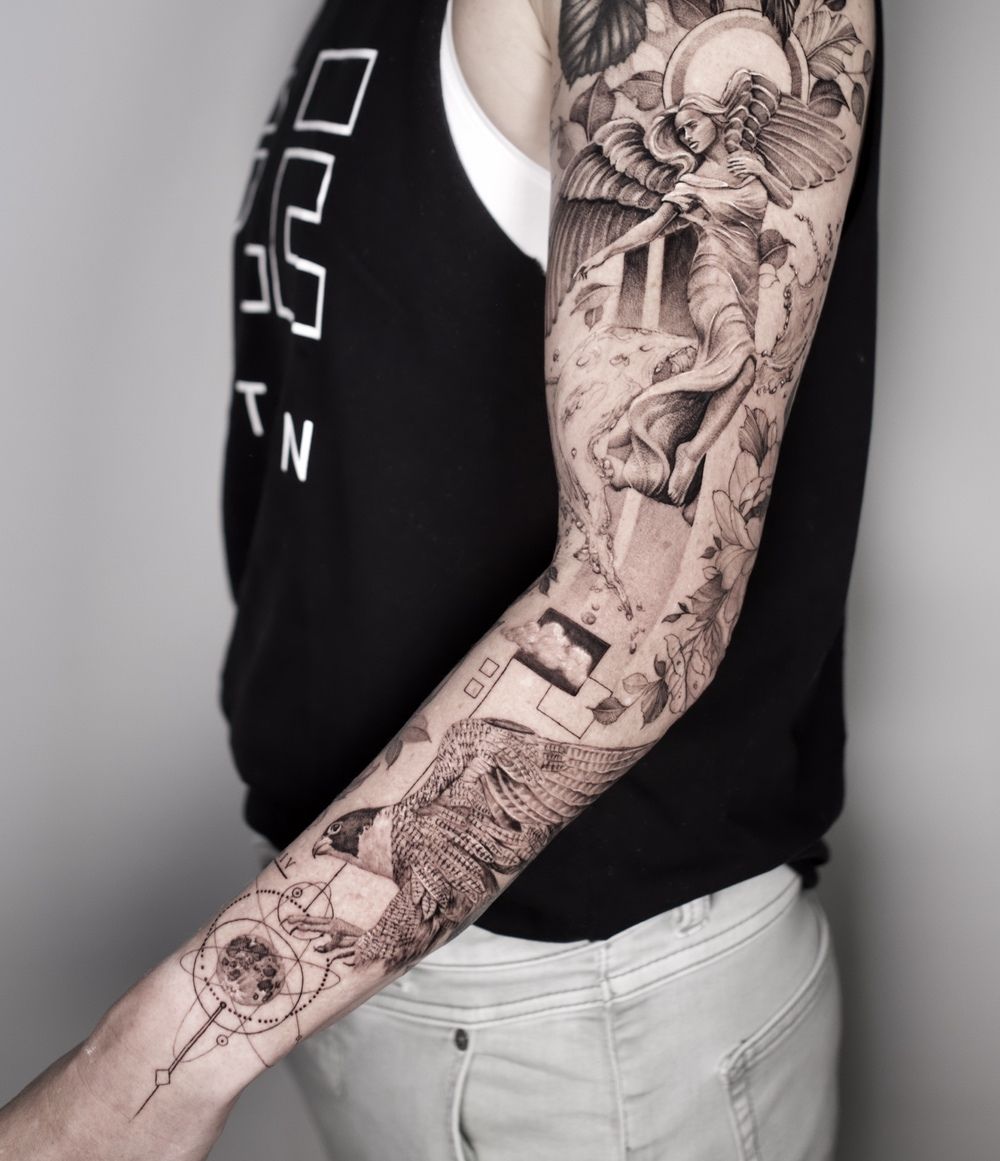
Okay, let’s dive into this sunflower and zodiac tattoo mashup!
Ever thought about getting a tattoo that’s totally you?
Like, a design that screams your personality without you even saying a word?
That’s where combining a sunflower and your zodiac sign comes in.
But how do you actually do that without it looking like a hot mess?
I get it.
It can feel overwhelming.
You want it to be meaningful, beautiful, and uniquely you.
So, let’s break down the best way to mix a sunflower tattoo with a zodiac sign, step-by-step.
Sunflower & Zodiac: Finding Your Perfect Match
First things first, why these two symbols?
Sunflowers represent joy, positivity, and growth.
Your zodiac sign?
It’s your cosmic blueprint, revealing your strengths, weaknesses, and everything in between.
Combining them is like saying, "I’m embracing my best self and radiating sunshine!"
But how do you translate that into ink?
Brainstorming Your Vision
Before you even think about booking a tattoo artist, let’s get your ideas flowing.
- Consider your zodiac element: Is it fire, earth, air, or water? How can that influence the sunflower?
- Think about your sign’s ruling planet: Maybe incorporate the planet’s symbol subtly into the sunflower’s center.
- What are your sign’s key traits? Bold Leo? Compassionate Pisces? Reflect those in the design.
- What’s your personal connection to sunflowers? Did your grandma grow them? Do they remind you of a specific place?
For example, if you’re a Leo, you could have a sunflower with bolder, more dramatic petals, perhaps even incorporating a tiny crown.
If you’re a Cancer, maybe a more delicate sunflower, with water droplets on the petals.
Design Ideas: Making the Magic Happen
Okay, now for the fun part – turning those ideas into actual designs!
Here are a few starting points:
- The Classic Combo: A sunflower with your zodiac symbol subtly incorporated into the center or petals.
- The Constellation Sunflower: Use the stars of your zodiac constellation to create the sunflower’s seeds. I saw one of these on Pinterest and it was stunning.
- The Elemental Sunflower: Design the sunflower to reflect your element. Fire signs could have fiery colors, water signs could have flowing, watery lines.
- The Minimalist Approach: A simple sunflower outline with a tiny zodiac symbol tucked inside. Less is often more!
Don’t be afraid to get creative!
Talk to your tattoo artist.
They’re the experts.
They can help you refine your ideas and create something truly unique.
Placement is Key
Where you put your tattoo matters.
Consider these factors:
- Size: A larger, more detailed design will need more space.
- Visibility: Do you want it to be easily seen, or more private?
- Pain tolerance: Some areas are more sensitive than others.
Popular spots include:
- Shoulder: Great for larger designs.
- Back: Offers plenty of space for detail.
- Ankle: A more subtle and delicate option.
- Wrist: A visible and easily accessible spot.
I have a small moon on my wrist and I love how easy it is to glance at!
Choosing the Right Artist
This is crucial.
Don’t just go to the cheapest artist.
Do your research.
Look at their portfolios.
Make sure they have experience with the style you’re looking for.
Read reviews.
Talk to them about your ideas.
A good artist will listen to you and offer helpful suggestions.
Color vs. Black and Grey
This is a personal preference.
Sunflowers are naturally vibrant, so color can really make them pop.
But a black and grey design can also be incredibly striking and timeless.
Consider your skin tone and the overall aesthetic you’re going for.
Aftercare: Protecting Your Investment
Once you’ve got your tattoo, follow your artist’s aftercare instructions religiously.
This will help it heal properly and prevent infection.
Keep it clean, moisturized, and out of the sun.
Trust me, you don’t want to mess this up.
FAQ: Your Burning Questions Answered
- Will a sunflower and zodiac tattoo fade quickly? Not if you take care of it! Use sunscreen and keep it moisturized.
- How much will it cost? Depends on the size, detail, and artist. Get a quote beforehand.
- Can I combine multiple zodiac signs? Absolutely! If it’s meaningful to you, go for it.
- What if I don’t like sunflowers? You can use any flower that resonates with you!
Final Thoughts
Getting a tattoo is a big decision.
Take your time, do your research, and find an artist you trust.
When done right, mixing a sunflower tattoo with a zodiac sign can be a beautiful and meaningful way to express yourself.




















